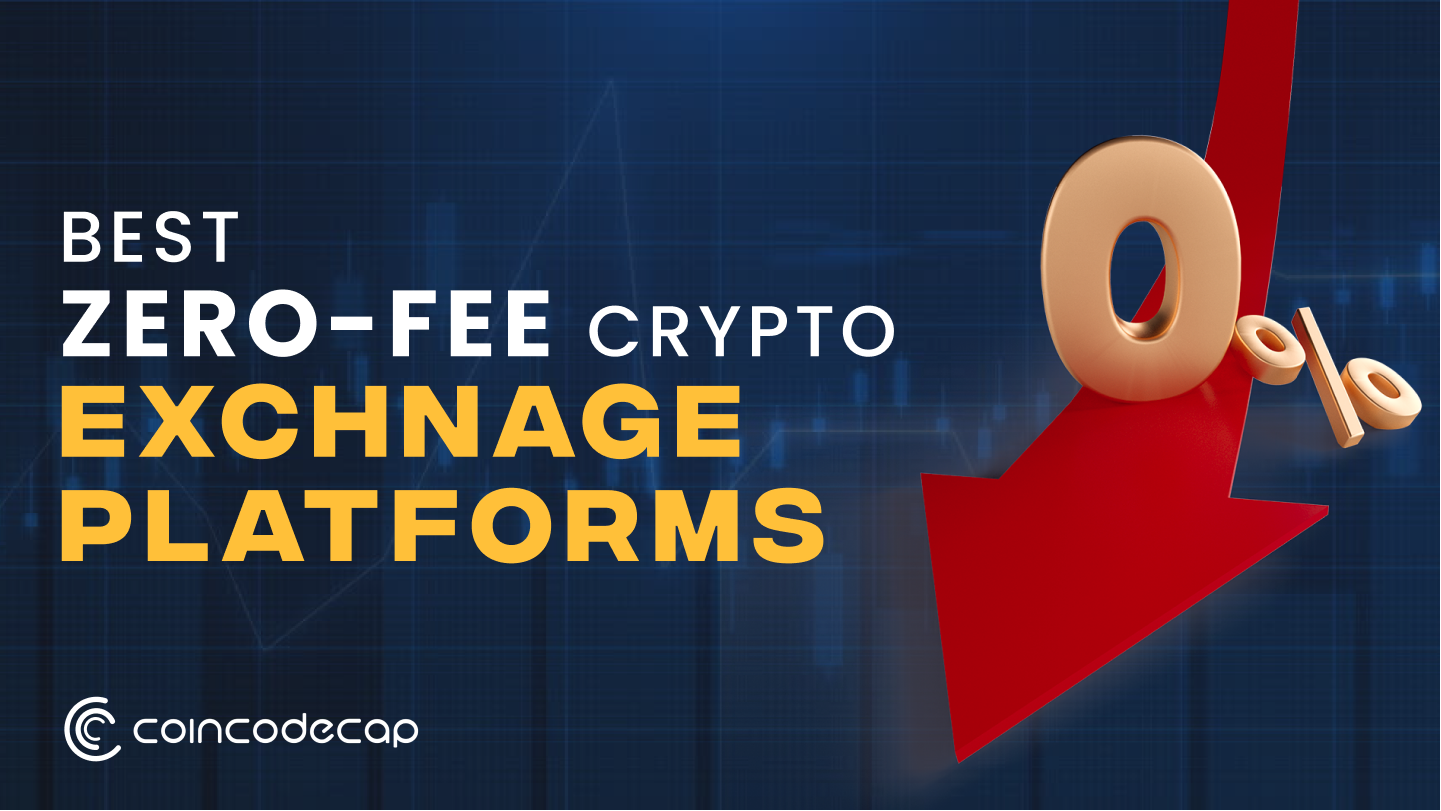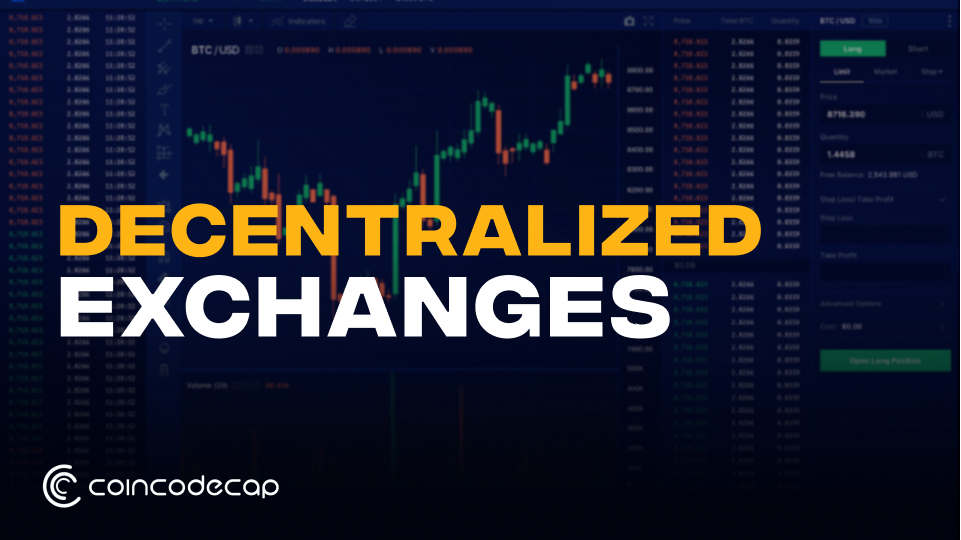
Disclosure: This article does not represent investment advice. The content and materials featured on this page are for educational purposes only.
Neobanks improved convenience, but true financial freedom requires transparency, control, and autonomy, deobanks like WeFi are making it a reality.
At some point, most of us have excitedly downloaded the latest fintech app, lured in by its promises of seamless transactions, effortless budgeting, and a slicker financial experience. Clean and modern interfaces make onboarding a breeze, while the debit card arrives in cool, photogenic packaging that makes users feel special.
But, what has actually changed? Once the initial excitement fades, we realize it’s the same engine, the same infrastructure, just a pretty new face to interact with. That means the same limitations, opaque rules, and lack of control are still in place. Of course, things are faster and the upgrade is more convenient and usable, but access and financial freedom are not the same thing. A nicer interface doesn’t mean more autonomy. Until now.
The concept of a deobank is one where users can have their cake and eat it. People get beautiful interfaces and revolutionary features, as well as full control of their finances and complete transparency over their funds. That requires more than just a sleek and minimalist new card arriving in the mail, users need to leverage decentralized technologies, transparent-by-design tooling, and user-centric platforms built on the values of blockchain technology.
What financial freedom really means
Let’s reflect on what “financial freedom” actually means (hint: it’s more than just having a certain amount of money in the bank). It’s really about:
- Having full control over funds: Only users can decide how their money is used, with no limits, no freezes, and no need to ask permission or justify a withdrawal. They’re the user’s assets, always accessible.
- Having confidence and transparency: Users should be able to see how their bank manages its assets (user funds), understand every fee being charged, and know that every transaction is recorded immutably on a public ledger. With transparency comes confidence, not blind trust.
- Having full flexibility: Financial freedom is having the tools to save, send, spend, or grow money without restrictions. Users can invest in emerging DeFi protocols, earn a competitive yield, or get a loan, whenever they like, with no barriers.
Traditional banks and neobanks don’t offer this level of control, and likely wouldn’t, even if they knew how to. Instead, they improve their apps and make nicer looking cards. Truthfully speaking, a fresh coat of paint and sleek aesthetics does absolutely nothing for financial autonomy. To do that, we need to overcome certain limitations.
The limits of Neobanks
It’s hard to argue that neobanks haven’t disrupted banking with their user-friendly UI and reduced fees, but when we look closer, they’re hardly different from their traditional banking predecessors. It’s now a critical task for new and innovative fintech platforms to help take the industry into a new era.
Consider these key limitations:
- Legacy banking rails: Most neobanks are dependent on traditional banking rails for payment processing, regulatory compliance, and infrastructure. They’re subject to the same inefficiencies, delays, and restrictions.
- Subject to centralization: Neobanks may have improved the user experience, but they’re still controlled centrally, meaning they can freeze accounts, place arbitrary limits, charge whatever fees they deem fit, and make decisions about the users’ funds. If they can do that, users don’t truly own their “banked” assets. Centralization also exposes users to hacking risks, regulatory intervention, and fund mismanagement.
Users are essentially renting their financial freedom, not owning it. Is a smoother app worth the trade-off, or are people willing to explore new fintech developments to get a much better experience and autonomy?
What makes a Deobank different
Deobanks are the next step forward for banking, and how we think about banking. They are blockchain-native, decentralized platforms designed to empower users with real financial freedom via a transparent, secure, and accessible financial system.
Here’s what defines a deobank:
- Non-custodial or hybrid accounts: In a non-custodial model, users hold the private keys to their digital assets, with nobody else having any power or control over them. Alternatively, hybrid models offer more balance, providing custodial options to those who want them, but with self-custody prioritized.
- On-chain transparency: Everything that happens within a deobank is recorded immutably, on a public blockchain, for anyone to verify and track. No more black box activity, banking mysteries, or “misappropriated funds”.
- Stablecoins: Deobanks understand that cryptocurrencies pegged to stable assets, like the US dollar, enable seamless, global financial access. These stablecoins, like USDC and USDT, eliminate the volatility associated with cryptocurrencies and make for cheaper, faster, and borderless transactions.
- DeFi integrations: Decentralized finance offers thousands of new tools with incredible opportunities, such as lending protocols, yield farming platforms, and other financial products typically hard to access with traditional banks.
Right now, only deobanks like WeFi are pursuing this kind of freedom, flexibility, and control for their users, who they see as participants, not customers.
Maksym Sakharov, WeFi’s Group CEO and Co-founder discusses what problems deobanks must solve that neobanks and traditional banks still struggle with, especially when it comes to user autonomy and transparency. He explains that deobanks address the fundamental issue of centralized control inherent in traditional banking systems. With WeFi, users get unparalleled autonomy over their assets, eliminating the risk of arbitrary account freezes or restrictions.
How WeFi delivers real financial freedom
WeFi is leading a revolution in banking, embodying the deobank model to redesign the system in favor of the users. They plan to achieve this by leveraging decentralized technologies and ideals to deliver full transparency and user empowerment.
Key features designed to achieve the deobank dream:
- Smart contract-based accounts: WeFi accounts are built on smart contracts. This requires users to connect with their own blockchain wallets, but allows them full control over their funds and eliminates intermediaries.
- Full transparency: Every transaction and operation on WeFi is recorded on the blockchain for full auditability, so that users no longer have to ask “what is happening to my funds”. The system’s integrity is verified at all times.
- Real-time access: WeFi provides users with immediate access to a range of tools, like high-yield savings accounts, near-instant payment solutions, and lending or borrowing opportunities. Users are empowered and encouraged to manage their finances more actively.
- Optional custody: Some users may want full control, while others may opt for WeFi’s support with security and account protection.
WeFi knows that they have to go further than just convenience, but what does the platform believe makes the deobank approach unique in empowering users with true financial control?
Head of Growth, Agne Linge, shared that WeFi’s unique approach lies in its seamless integration of DeFi principles, tools, and opportunities into a sleek UI, offering non-custodial options and transparent on-chain operations, and empowering users to retain complete control over their assets.
Rethinking what financial freedom really takes
A cool debit card and funky UI are not financial freedom, they are just convenience. They don’t shift the power dynamic, improve ownership, access, or transparency. Only deobanks like WeFi are working on pushing for that change.
Now, it’s time to consider a new type of system that works for all users, for financial freedom, for autonomy, and for a new era of financial empowerment. New possibilities, opportunities, and options await.
Disclosure: This content is provided by a third party. crypto.news does not endorse any product mentioned on this page. Users must do their own research before taking any actions related to the company.







